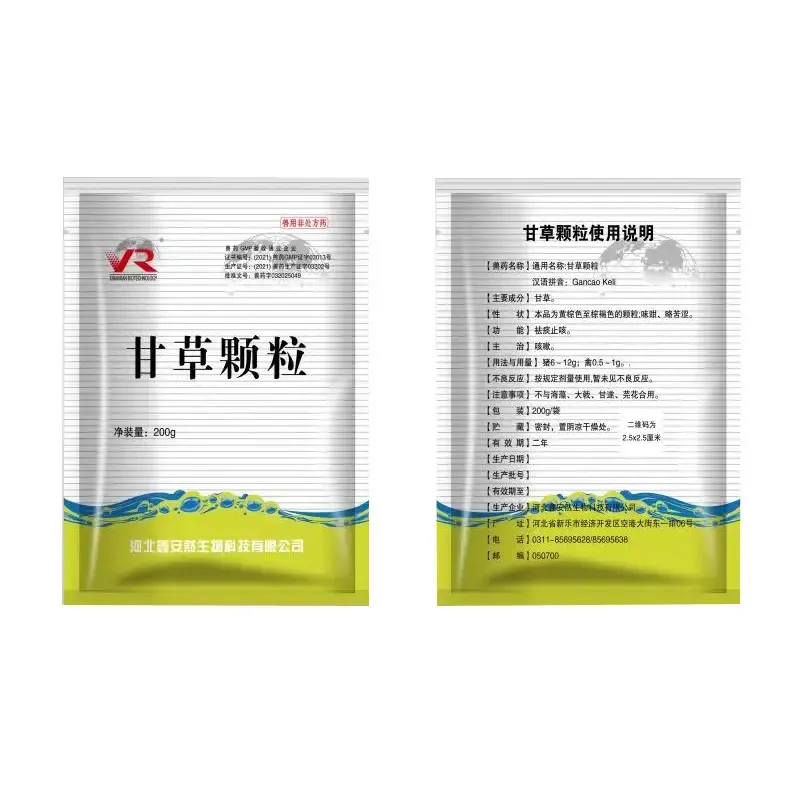- Afrikaans
- Albanian
- Amharic
- Arabic
- Armenian
- Azerbaijani
- Basque
- Belarusian
- Bengali
- Bosnian
- Bulgarian
- Catalan
- Cebuano
- Corsican
- Croatian
- Czech
- Danish
- Dutch
- English
- Esperanto
- Estonian
- Finnish
- French
- Frisian
- Galician
- Georgian
- German
- Greek
- Gujarati
- Haitian Creole
- hausa
- hawaiian
- Hebrew
- Hindi
- Miao
- Hungarian
- Icelandic
- igbo
- Indonesian
- irish
- Italian
- Japanese
- Javanese
- Kannada
- kazakh
- Khmer
- Rwandese
- Korean
- Kurdish
- Kyrgyz
- Lao
- Latin
- Latvian
- Lithuanian
- Luxembourgish
- Macedonian
- Malgashi
- Malay
- Malayalam
- Maltese
- Maori
- Marathi
- Mongolian
- Myanmar
- Nepali
- Norwegian
- Norwegian
- Occitan
- Pashto
- Persian
- Polish
- Portuguese
- Punjabi
- Romanian
- Russian
- Samoan
- Scottish Gaelic
- Serbian
- Sesotho
- Shona
- Sindhi
- Sinhala
- Slovak
- Slovenian
- Somali
- Spanish
- Sundanese
- Swahili
- Swedish
- Tagalog
- Tajik
- Tamil
- Tatar
- Telugu
- Thai
- Turkish
- Turkmen
- Ukrainian
- Urdu
- Uighur
- Uzbek
- Vietnamese
- Welsh
- Bantu
- Yiddish
- Yoruba
- Zulu
7 月 . 20, 2024 12:34 Back to list
Exploring the Dual Benefits of Paracetamol as a Pain Reliever and Fever Reducer
Paracetamol An Overview of Its Analgesic and Antipyretic Properties
Paracetamol, also known as acetaminophen, is one of the most widely used medications globally. Renowned for its analgesic (pain-relieving) and antipyretic (fever-reducing) properties, paracetamol has become a staple in both over-the-counter and prescription medication. Despite its widespread use, there are nuances in its mechanisms, effectiveness, and safety profile that merit discussion.
Mechanism of Action
The precise mechanism by which paracetamol exerts its effects is not entirely understood, but it is thought to involve several pathways. Unlike non-steroidal anti-inflammatory drugs (NSAIDs), paracetamol has minimal anti-inflammatory properties. It works primarily in the central nervous system, where it inhibits the cyclooxygenase (COX) enzymes, interfering with the synthesis of prostaglandins—chemicals in the body that promote inflammation, pain, and fever.
Additionally, paracetamol is believed to elevate the pain threshold by modulating pain perception in the brain. This dual action contributes to its effectiveness as both an analgesic and an antipyretic. When it comes to reducing fever, paracetamol acts on the hypothalamic heat-regulating center, leading to vasodilation and increased heat dissipation.
Indications and Uses
Paracetamol is commonly used for a variety of conditions, including headaches, muscle aches, arthritis, backaches, toothaches, colds, and fevers. Due to its safety profile, it is often recommended for use in children and pregnant women, making it a preferred choice in many scenarios. Furthermore, paracetamol is often utilized in combination with other medications to enhance pain relief, such as when combined with opioids for severe pain management.
paracetamol analgesic antipyretic

Dosing and Safety
One of the critical aspects of paracetamol use is appropriate dosing. While generally considered safe when taken at recommended dosages, an overdose of paracetamol can lead to severe liver damage, which can be life-threatening. The maximum recommended dosage for adults is typically 4,000 milligrams per day; however, lower limits are advised for certain populations, such as those with existing liver conditions or those who consume alcohol regularly.
Awareness of the potential for drug interactions is also crucial. Paracetamol may interact with other medications, such as warfarin and certain anticonvulsants, which can enhance the risk of toxicity. Therefore, individuals taking multiple medications should consult healthcare providers before using paracetamol.
Side Effects and Risks
Though side effects of paracetamol are rare when used appropriately, some individuals may experience allergic reactions or liver toxicity in cases of overdose. Chronic misuse, even at therapeutic doses, can also lead to unintentional liver damage due to the accumulation of toxic metabolites. Thus, it is vital for users to adhere to recommended dosages and to be mindful of other products containing paracetamol to avoid accidental overdose.
Conclusion
In summary, paracetamol remains a cornerstone in the management of pain and fever due to its effectiveness and favorable safety profile. Its easy availability and the lack of a prescription requirement in many regions contribute to its widespread use. However, it is crucial to approach this medication with an understanding of its dosage recommendations and potential risks. As research continues to explore the full spectrum of its therapeutic profile, paracetamol will likely remain an essential tool in clinical practice and home care for years to come.
-
The Power of Radix Isatidis Extract for Your Health and Wellness
NewsOct.29,2024
-
Neomycin Sulfate Soluble Powder: A Versatile Solution for Pet Health
NewsOct.29,2024
-
Lincomycin Hydrochloride Soluble Powder – The Essential Solution
NewsOct.29,2024
-
Garamycin Gentamicin Sulfate for Effective Infection Control
NewsOct.29,2024
-
Doxycycline Hyclate Soluble Powder: Your Antibiotic Needs
NewsOct.29,2024
-
Tilmicosin Premix: The Ultimate Solution for Poultry Health
NewsOct.29,2024













